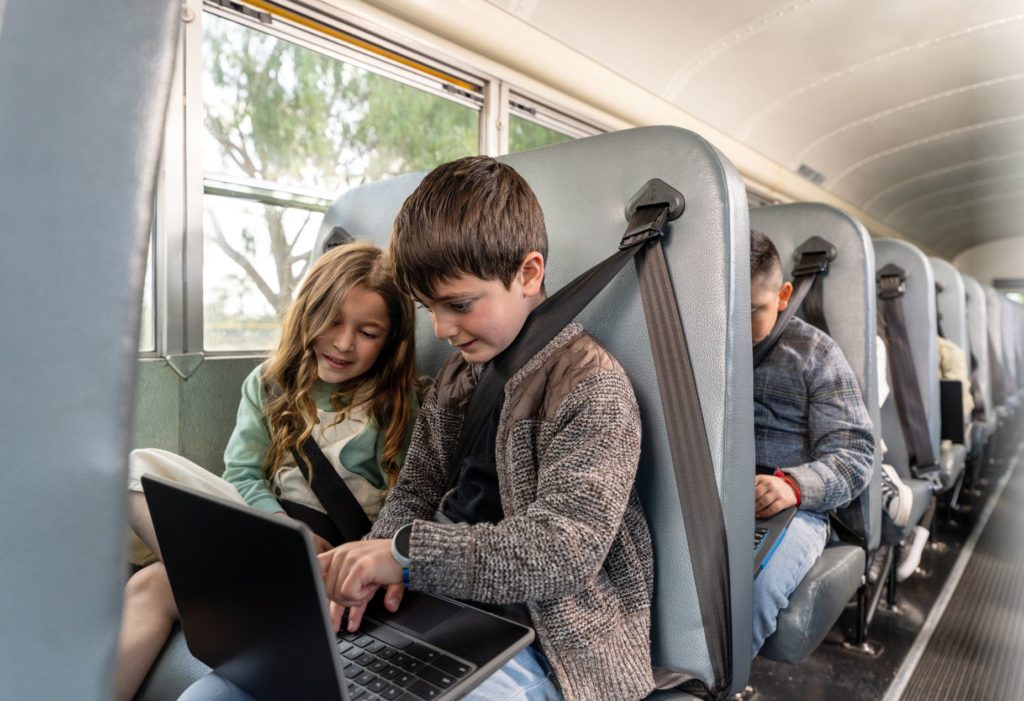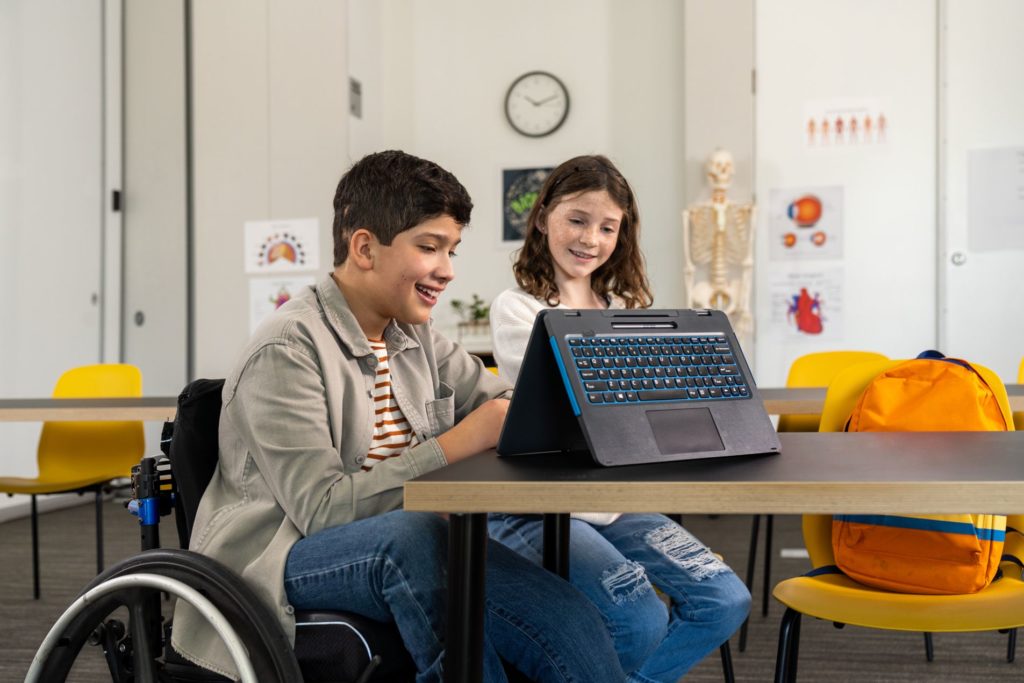As educators and students head back into classrooms this fall, many of them have still been left wondering what exactly that return looks like. There is a growing debate over the “new normal.” Many education experts refer to teaching in the current pandemic as that new normal and other educators have responded by saying, “No, this is not the new normal” suggesting that the “old normal will be back, and in some places sooner than we think.”
Among the greatest challenges that educators face in this post-pandemic world is the ability to supply devices and connectivity to the 1.3 billion children lacking adequate access, as identified by UNICEF. Further, the 2020 State of Broadband Report confirms that 46% of the world is does not have access to internet, resulting in many children left out of the online classroom.

Whichever characterization of “normal” you subscribe to, one constant remains an obstacle to learning for every child: the euphemism, ‘Homework Gap’. Initially coined by now FCC Chair Jessica Rosenworcel , while effective at helping bring a simple concept to the masses, minimizes the impact, and threat, the underlying issue represents.
The digital divide is not a new challenge that resulted from the pandemic. However, the pandemic did bring the issue to the forefront of conversation as digital equity became a critical component for daily instruction in remote and hybrid learning environments. Our responsibility is not only to help students cross this divide but democratize digital access for every child to help them achieve their greatest potential.
Problems with Status Quo Solutions
Globally, schools are looking to connect more students, relying on familiar solutions: low-cost devices and varying degrees of connectivity. Largely dependent on financial means and local infrastructure, the connectivity options are Wi-Fi from buildings and vehicles, cellular hotspots, or in some cases nothing at all.

In developed countries, hotspots have been the preferred option with ample budgets and local cellular coverage. However, this models presents unanticipated obstacles which, for many education leaders, affirmed the solution is not suitable for long-term use. For example:
- Data plans without filtering can expose students to inappropriate content.
- IT officials are left managing an increased number of devices for their students, creating an asset management challenge.
- Many school officials report the most common call into help desks is that students forget the password to their hotspot.
- Challenges with lost hotspots and cables, as well as issues related to their charging cycles before battery capacity become an issue.
- Students seen carrying hotspots carry the stigma of being associated with poverty to their peers.
School facilities will face unprecedented demand for broadband across campuses, as the number of student devices increased with the shift to remote learning. As school hours and learning demands on students continue to trend up, the existing architectures and connectivity models will need to evolve to meet demands of digital education. The introduction of ACPCs – Always Connected PCs and Chromebooks – can help to digitally liberate so many students.

Having worked in education since 1993, I am a passionate advocate for every child and have often internalized their pain. The need for digital liberation struck me in October 2020 with a simple image of a 9-year old student in New Mexico who walked to his closed elementary school to sit outside of it in hopes of connecting to the school’s Wi-Fi so he could do his schoolwork. His family did not have internet access at home.
Qualcomm Technologies is a leader in the effort to create a new generation of always-on, always-connected student devices powered by our Snapdragon® compute platforms. Yet, technology alone will not solve these issues. Learning must be relevant and the modalities effective for each child.
Elementary, secondary, and post-secondary institutions, as well as Ministries of Education, must dedicate the effort and resources to envisioning what learning will look like in the coming years and bringing that vision to life. Now is the time to digitally update your classrooms, with devices that are as versatile as the students who use them. Digitally liberating their students is one of the keys to building stronger communities and creating a generation that will thrive.
Qualcomm remains committed to closing the digital divide through efforts designed to increase access to low-cost devices and connectivity. To learn more about our work bringing connected devices to all and our advocacy for policy change, click on these resources: Qualcomm® Wireless Reach™ initiative brings advanced wireless technologies to underserved communities globally & How we’re fighting to close a ‘homework gap’ that’s now bigger than ever.

